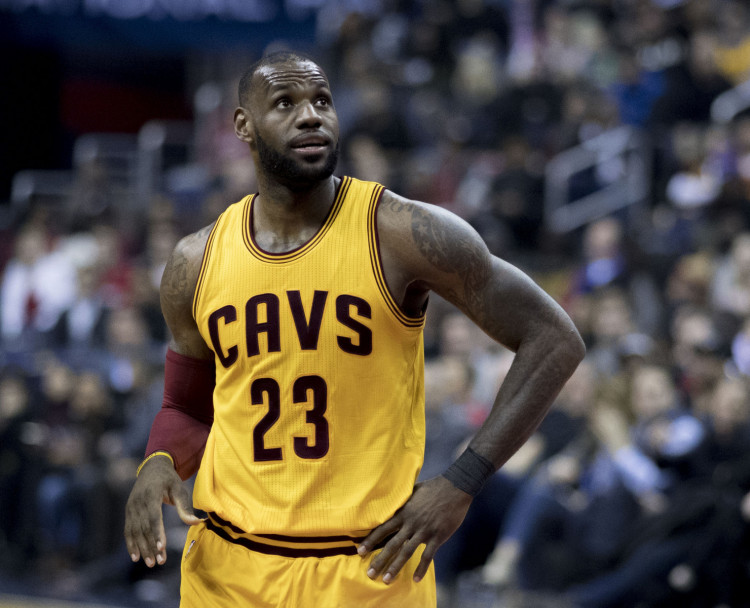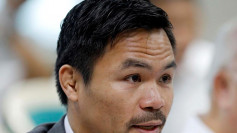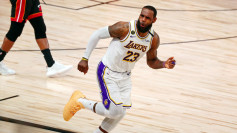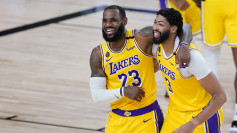Magic Johnson, the prominent President of Basketball Operations, has talked about the vision of position-less basketball since the first days on the job. It seems like this philosophy will play a vital part in how the LAKERS play, considering the makeup of this year's roster.
Lebron James expressed how they wanted to be a position-less team during their Saturday practice. He revealed how there will be times they are all going to play different positions. This will reportedly be the benefit of the ball club. It is safe to say that having Lebron as the most positionless player in the history of the game definitely helps.
Meanwhile, it can be recalled that the four-time MVP spend most of his career being the small forward. And lately, the time he spends at power forward has increased. By playing the center, he also unlocks the dangerous small-ball points and is also an excellent running point.
According to NBA, James said, "We have a lot of guys that can play multiple positions. It is going to work well for our team. It's good. We just have to help rebound." Therefore, the 33-year-old veteran basketball player is not the only Laker who can play across several positions. He cited the following players as those types of flexible players:
- Kyle Kuzma
- Brandon Ingram
- Michael Beasley
The rebound is indeed going to be a challenge for the Lakers team that desires to play the small-ball lineups. Beasley, James, and Kuzma are the potential players playing forward at the center. Their team often plays small in the past season and was one of the top rebounding teams in the league. Lakers grabbed the second most boards obtaining 46.4 and seventh best differential with +1.6.
All of these came from the ability of Lakers to gang-rebound. They have several wings and guards that include Lonzo Ball, Josh Hart, and Kentavious Caldwell-Pope and are nonstop in breaking the glass. Aside from this, the couple has stronger positional rebounders with Rajon Rondo and Lance Stephenson.
Coach Luke Walton emphasized how they needed the position-less basketball. Walton believes this is the only path where things can work for the team. However, if they are not able to rebound the basketball, they would have to get away from it and go back to their previous solid positions - one through five.
Furthermore, Walton's commitment to his position-less philosophy was paired with his greatest struggles. And that is to evaluate whether the benefits in playing the small ball can outweigh the detriments.




